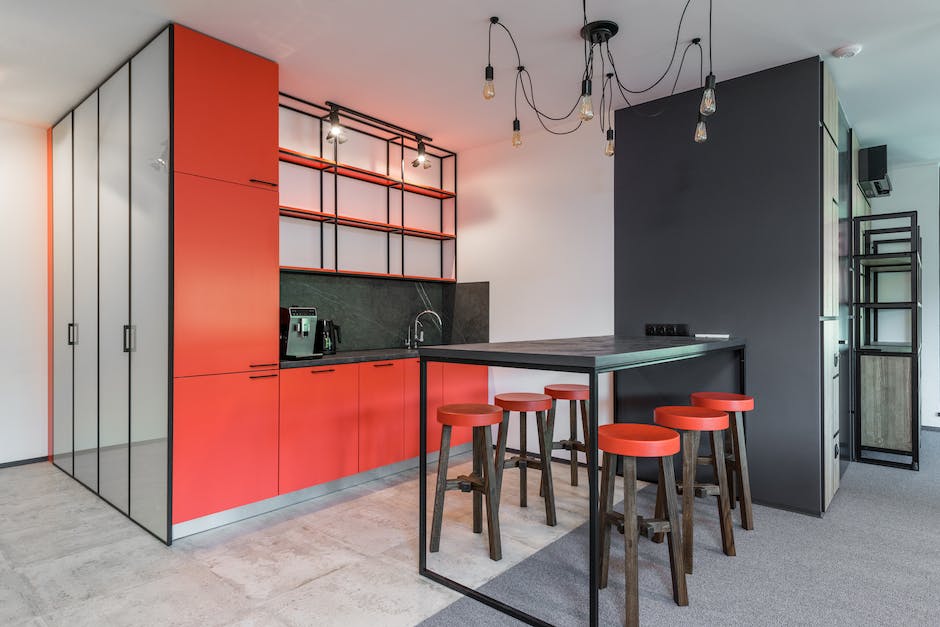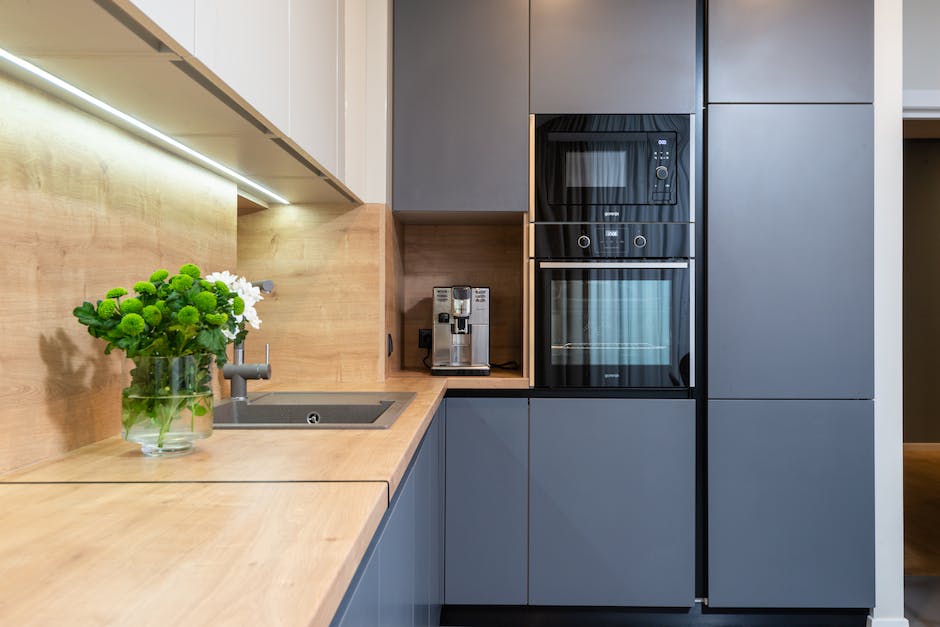When it comes to having a good cup of coffee, there are two main components that make a difference. One is the type of bean used to brew the liquid, and the other is how deep your machine’s brewing cups go. We will talk more about each one of these later in this article!
The depth of the filter matters because only part of an ingredient (the milk or cream for example) can fit into it. If you use too little powder, then your drink may taste watered down. If you use too much, then it could be overly sweet or even have no flavor at all!
What kind of beans do we recommend? That depends on what type of coffee you like! Many people prefer darker, richer flavors so using dark roast grounds is better than lighter ones. Some enjoy adding things such as milk or sugar to their drinks, so looking into the types of foam that different grinds produce is important!
There are many brands of machines that offer limited settings, but if you look around, you should be able to find some that have very flexible options. Sometimes, they are quite expensive though! You would want to test out several coffees before buying one with lots of customization features.
French press
The classic way to make coffee is with a cup, milk, and espresso or regular brewed grounds. You can also add some sugar or cream if you like! This method is typically done using a pour-over device called a percolator that heats up the water again for subsequent use.
A newer iteration of this technique is known as a french press. A portion of the dry ground coffee gets mixed into hot liquid, then the top is pressed down to push all of the liquid through the filter. The leftover ground coffee is referred to as cafetière (sp?) grinds.
Some people prefer the finer texture of these grinds but they must be used with caution as overfilling the press could result in burnt, bitter brews. Luckily there are settings where most machines will automatically detect when a refill is needed!
Many people associate the term “coffee” with only one type of drink, but it is possible to mix and match brewing methods to create different beverages.
Pour over

Another way to make coffee is by using a pour-over method. This can be done either with pre-made filters or making your own!
Just like drip, there are two main types of pour overs: plunger and piston. The difference between them comes down to how much water you want to pass through and how much flavor and foam you desire in your drink.
A pump style espresso maker will have a place where you insert a filter and use a plastic lever to push it all the way up to create an opening for the coffee to flow through. Then you simply attach a bottle (or cup) and pull the lever back to close off the hole and start pouring.
This type of brewer has settings that allow you to control the amount of time the pot spends at a full height before dropping. You can also add more liquid if needed so the machine doesn’t burnish out due to lack of fluid.
Boiling water

The next thing to consider is how deep your machine’s brew cups are. Most machines have two, one for standard size coffee (64 ounces or 1.7 litres) and one that can be extended to make oversized drink sizes.
Some newer models have only one sized cup! This isn’t too bad of an idea as most people don’t enjoy drinking 64 oz. amounts of coffee so this way you would get rid of the leftover liquid.
The drawback here is there is no second smaller cup which could be used for tea or hot chocolate.
Manual drip

The most common type of machine is what we refer to as a manual drip coffee maker. As the name suggests, you have to manually control how much water your drink contains by using a pour-over method.
You start by making sure that the cream filter or mouthpiece of the device is attached properly and then you use a stream of hot liquid (usually via boiling water) to spray onto ground espresso beans.
This process happens quickly so it’s important to make sure that you don’t forget about the flow of liquid. After all, if there isn’t enough water left in the pot, the espresso will be weak!
As with any appliance, watch out for signs of damage or defects. If you notice anything strange such as nozzle clogging up, try to unplug and clean it yourself first before taking it to a professional.
Warning! Doing repair work on appliances can be tricky, so only do this if you are certain you know what you’re doing. Only take help from trustworthy sources like brick and mortar shops who have been known to service these types of machines.
French toast coffee

While some people may think that making espresso is the hardest part of brewing coffee, actually putting together all the components to make delicious brewed beverages can be quite time consuming as well! That’s why it is so easy to just buy a packaged beverage and say you made it yourself, but they may have left out the hard parts.
Making an espresso really is not much more complicated than boiling water and mixing into it cream and milk- both of which come with their own set of ingredients and instructions. Adding sugar to make what we call cappuccino or adding cinnamon and milk to create our favorite drink, the izze!
What many don’t realize is that most machines already include everything you need to brew your own specialty drinks at home! The only things you would need to purchase are sweeteners like plain white sugar or cocoa powder for espressos, vanilla syrup or liquid glucose for lattes, and milk if you do not use dairy products.
There are even some models that allow you to add flavorings such as peppermint or coconut to change the flavor of the drink, or truffle salt to increase chocolate flavor.
How to maintain a coffee machine

Maintaining your espresso or drip machine will require you take it apart first! There are many different parts that make up a standard espresso maker, so be prepared for that.
The most common part of an espresso making device is the burr grinder. This works by rubbing a plate against a surface, grinding the material down into very small particles. These powder-like drops then get mixed together and liquid added to them, creating espresso or milk froth.
There are two main components in a burr grinder: the chamber where the material is ground and the burrs that do the work. The burrs can become clogged with leftover bits of grinds or dried up fluid, which would prevent the machine from functioning correctly.
If you ever find that your machine isn’t working properly, don’t worry! You can easily fix it at home.
Coffee and health

Recent studies show that drinking several cups of coffee per day may help reduce risk for heart disease. Some research even suggests that people with diabetes can benefit from two or more daily cups of coffee!
While most people agree that having caffeine is fun, it can also have negative effects. It’s important to note though, that the amount of caffeine in your coffee doesn’t make the difference.
It’s what you combine your coffee with that matters. We’ll talk about some potential healthy additions to your cup later in this article.


